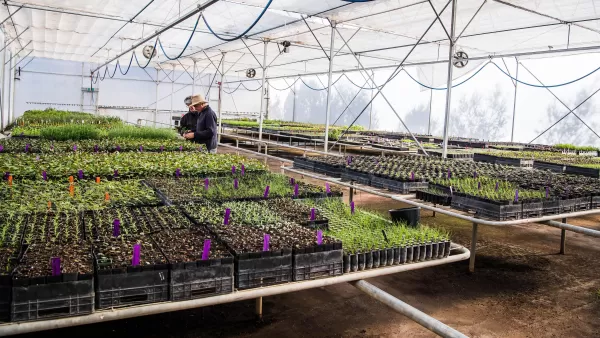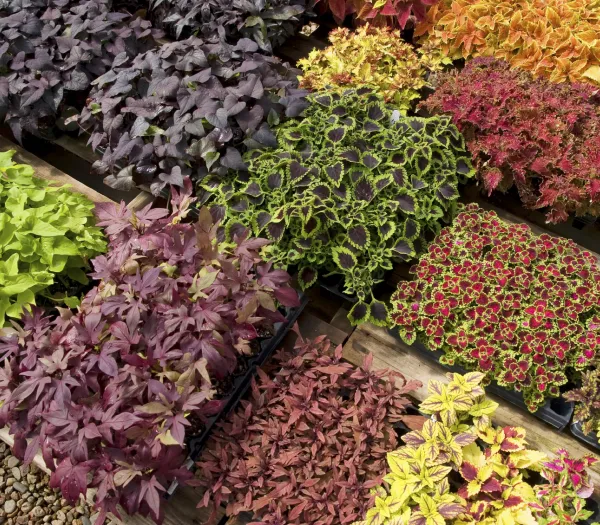Nursery and garden
The nursery and garden industry in Queensland

Nurseries can be energy intensive, with energy required for irrigation, potting equipment, heating of propagation areas.
The Queensland nursery industry is a significant horticultural sector with a combined supply chain (production to retail) valued at more than $1 billion annually. The industry employs approximately 6,000 people spread over more than 2,000 small to medium sized businesses.
The state peak body for the nursery and garden industry is Nursery and Garden Industry Queensland (NGIQ).
Top energy efficiencies for the nursery and garden industry.
Pumping and irrigation - Variable Speed Drive installation, pump replacements and maintenance, and changes to irrigation design
Heating Ventilation and Cooling (HVAC) - Cooling upgrades, condenser motors with VSD, ventilation fans and heating upgrades.
Lighting and general - Replacement and retrofitting of lights with LEDs, infrastructure and general changes.
Solar and batteries - Grid connect and standalone.
Gas - Hot water, insulation and general heating.
Solar systems - Ranging in size from 5-100kW systems.
Explore nursery and garden case studies

South-East
Elimbah Nursery
Energy Savings 11% Cost Savings $2,985

Dry Tropics
Ayr Nursery
Energy Savings 453% Cost Savings $6,822
Explore nursery and garden related resources

Featured
Queensland Renewable Energy Landholder Toolkit
The Queensland Renewable Energy Landholder Toolkit to assist and inform landholders as they respond to and negotiate with energy industry representatives about accessing land and developing renewable energy projects.

Featured
Electricity Price Changes in Regional Queensland 2024-25 Fact Sheet
By July each year, the Queensland Competition Authority (QCA) sets the electricity prices that are passed onto residential and business addresses in regional Queensland. It is important for farmers to be aware of their energy usage and the tariff.

Financing your energy projects
Once you’ve identified energy savings or renewable energy opportunities for your farm, the next challenge is to find the funds or finance to make it happen.
There are a number of options to either reduce up-front costs or reduce the borrowing costs for the project. These can include new efficient pumps, motors, compressors, vehicles, lights, renewable energy systems and many other products.